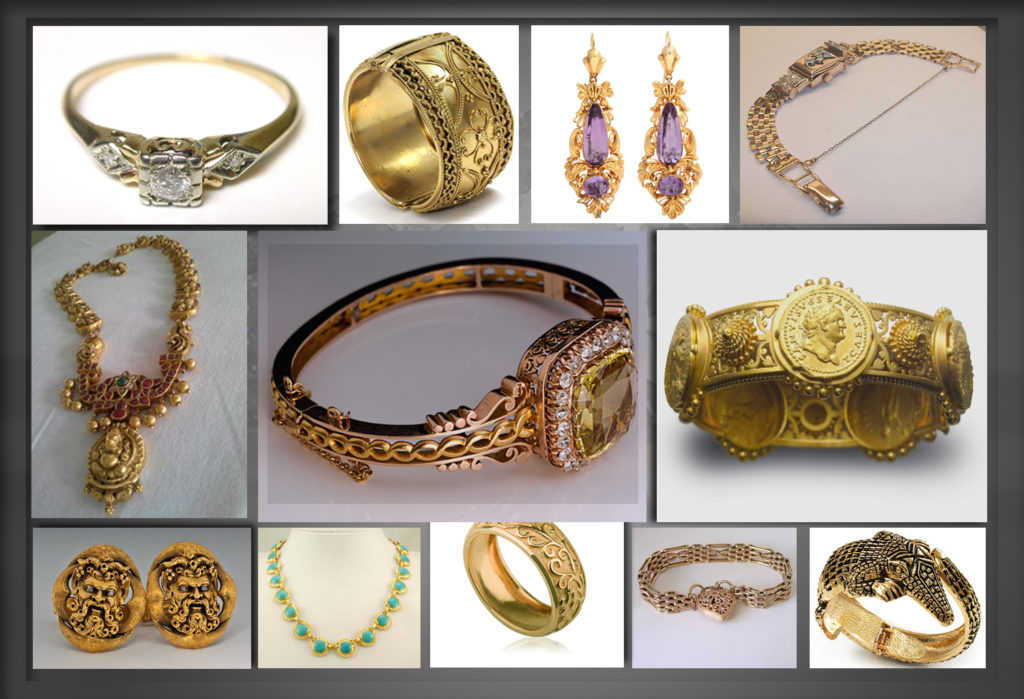Guaranteeing Transparency and Principle in Gold Distribution Chains By means of Creative Traceability Approaches.
Guaranteeing Transparency and Principle in Gold Distribution Chains By means of Creative Traceability Approaches.
Blog Article
Golden is a precious commodity that has been pursued for thousands of years. It is used in jewelry, gadgets, and even as a form of money. However, the journey gold takes from quarries to buyers can be complicated and often lacks clarity. This means that it can be difficult to know where the material comes from and whether it was mined in a way that honors human rights and the environment. Advanced traceability solutions are developing as essential tools to ensure the integrity of gold distribution systems.
One effective method for improving transparency in metal supply chains is the use of blockchain technology. The blockchain creates a tamper-proof digital ledger that logs every exchange involving gold, from the extraction site to the consumer store. This technology allows all stakeholders in the supply chain, including miners, traders, and end users, to see where the gold has been and verify its source. By using blockchain, companies can provide evidence that their gold is ethically sourced, helping to build confidence with consumers who are increasingly concerned about ethical sourcing.
Another traceability solution involves the use of unique identification tags for gold products. These tags can include quick-response codes or over at this website RFID chips that retain data about the metal’s origin and journey through the supply chain. When consumers scan these tags, they can access comprehensive insights about the metal’s history, including where it was extracted and how it was processed. This level of transparency not only helps consumers make informed purchasing choices but also promotes ethical practices within the industry.
In addition to technology-based solutions, collaboration among participants is crucial for ensuring trustworthiness in gold supply chains. Governments, NGOs, and companies must work together to develop clear policies and criteria for sustainable mining practices. By supporting programs such as ethical sourcing certification, these stakeholders can support miners who follow read here transparent practices while also guaranteeing that consumers have access to responsibly sourced materials. Cooperation strengthens accountability and creates a unified approach to addressing issues related to openness in the industry.
Ultimately, ensuring openness and credibility in gold supply chains benefits all stakeholders. Consumers gain confidence in their purchases when they understand their metal is sourced responsibly. Ethical practices can lead to improved labor environments for miners and contribute to ecological responsibility. As advanced tracking solutions continue to progress, they hold significant potential for transforming how we view and engage with this commodity throughout its journey from mine to retail environment. The long-term outlook of gold logistics systems looks more promising as these solutions pave the way for a more sustainable marketplace.